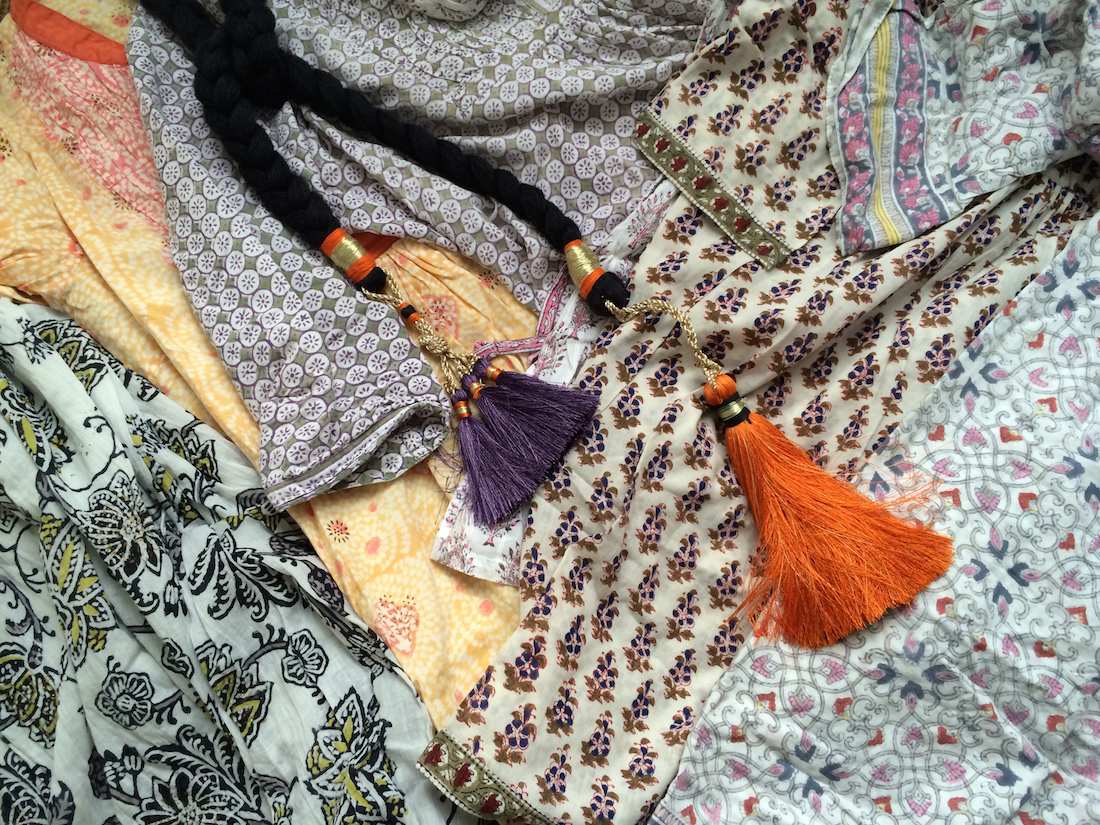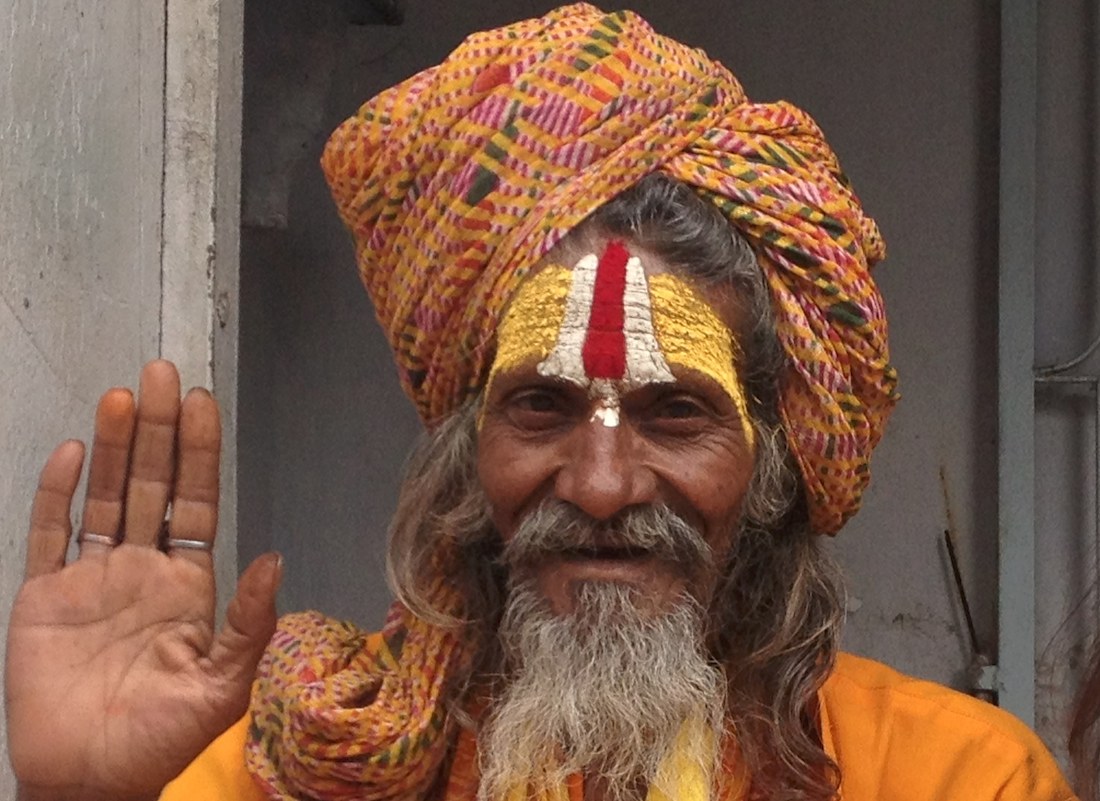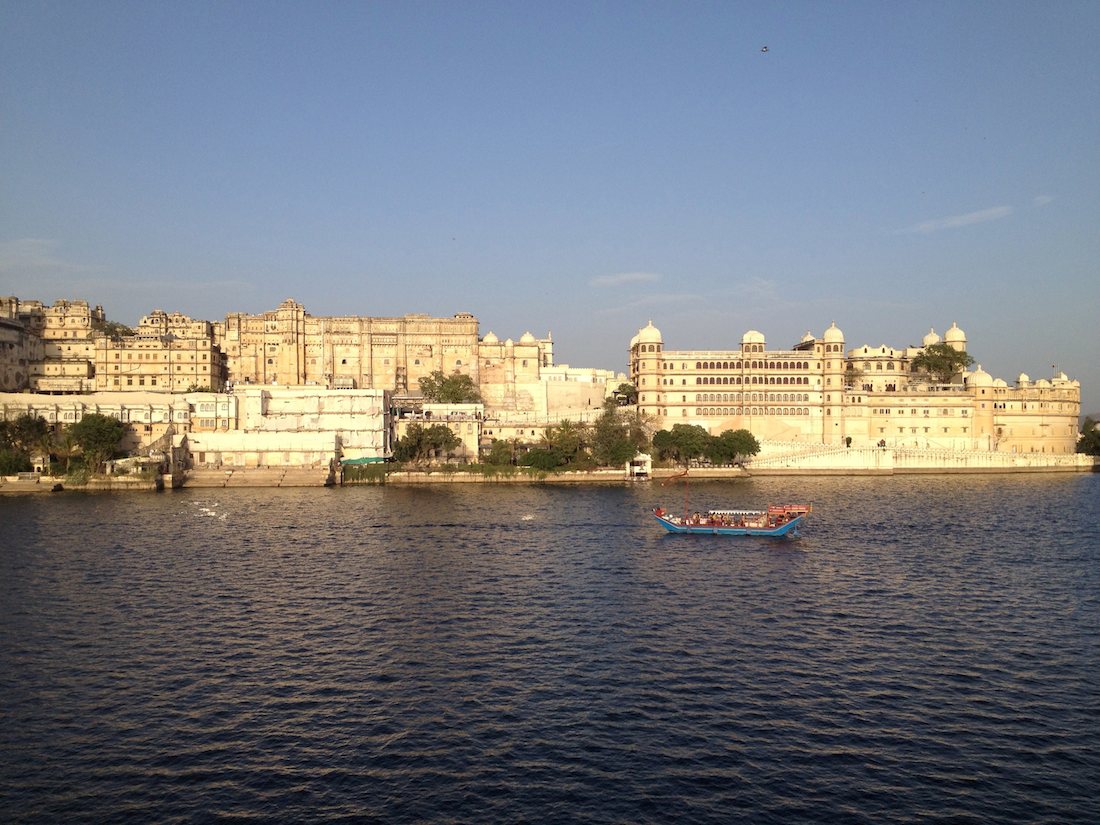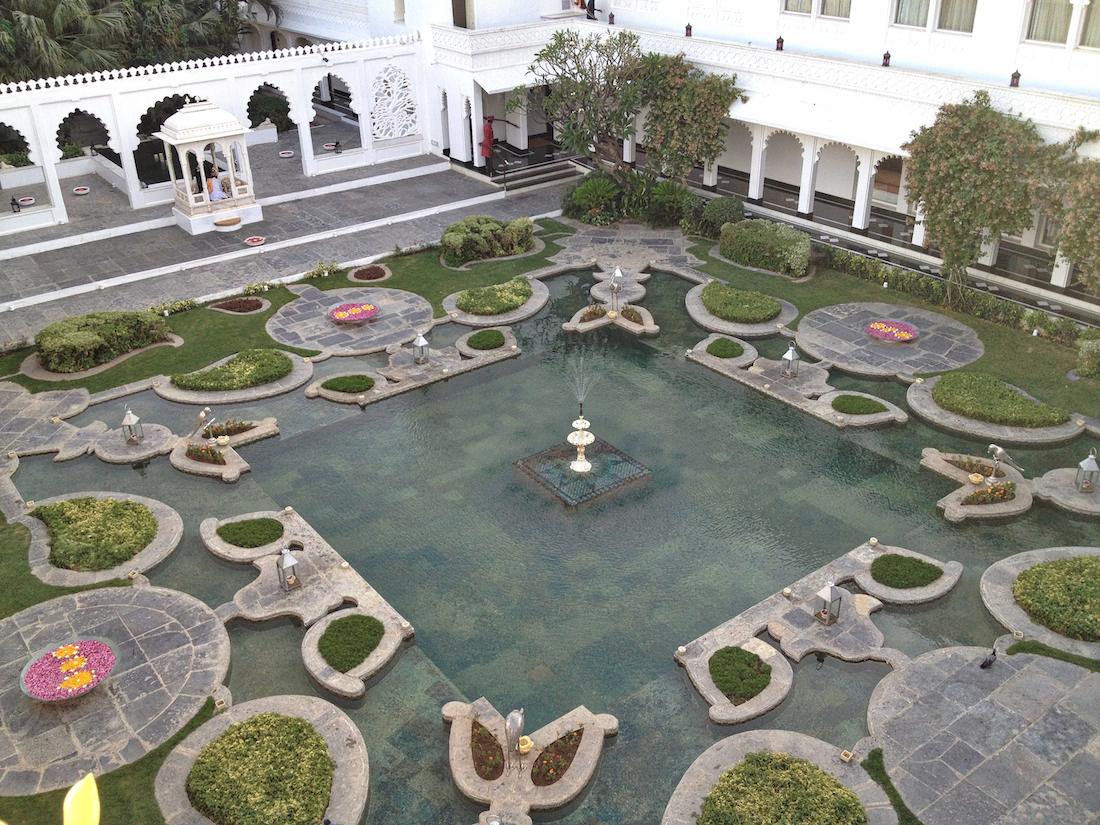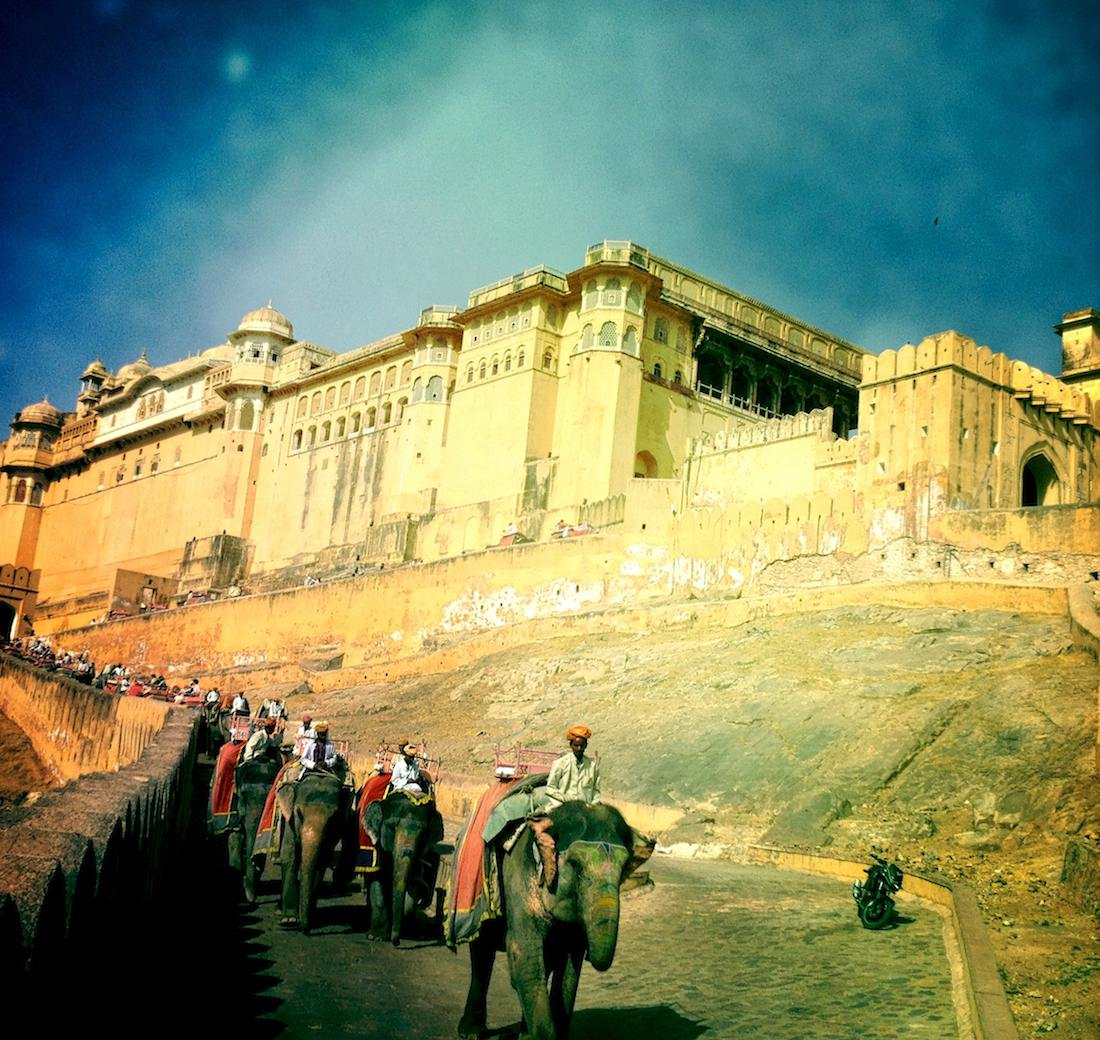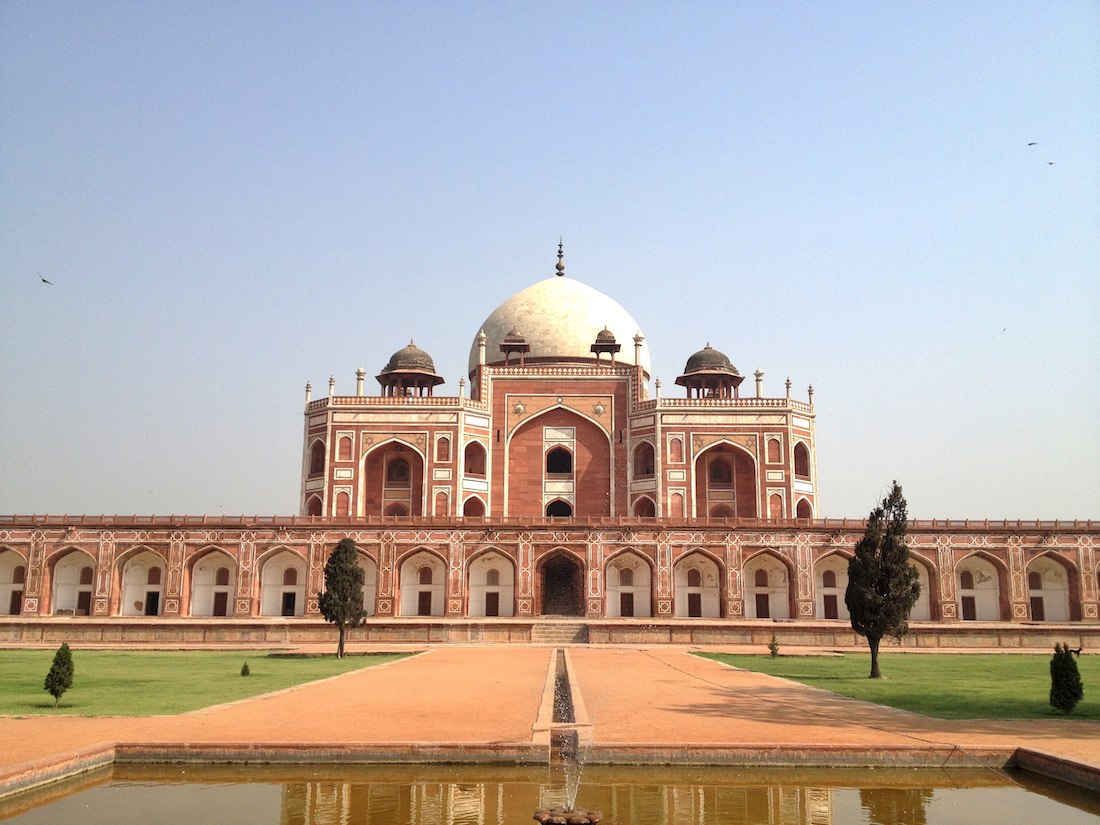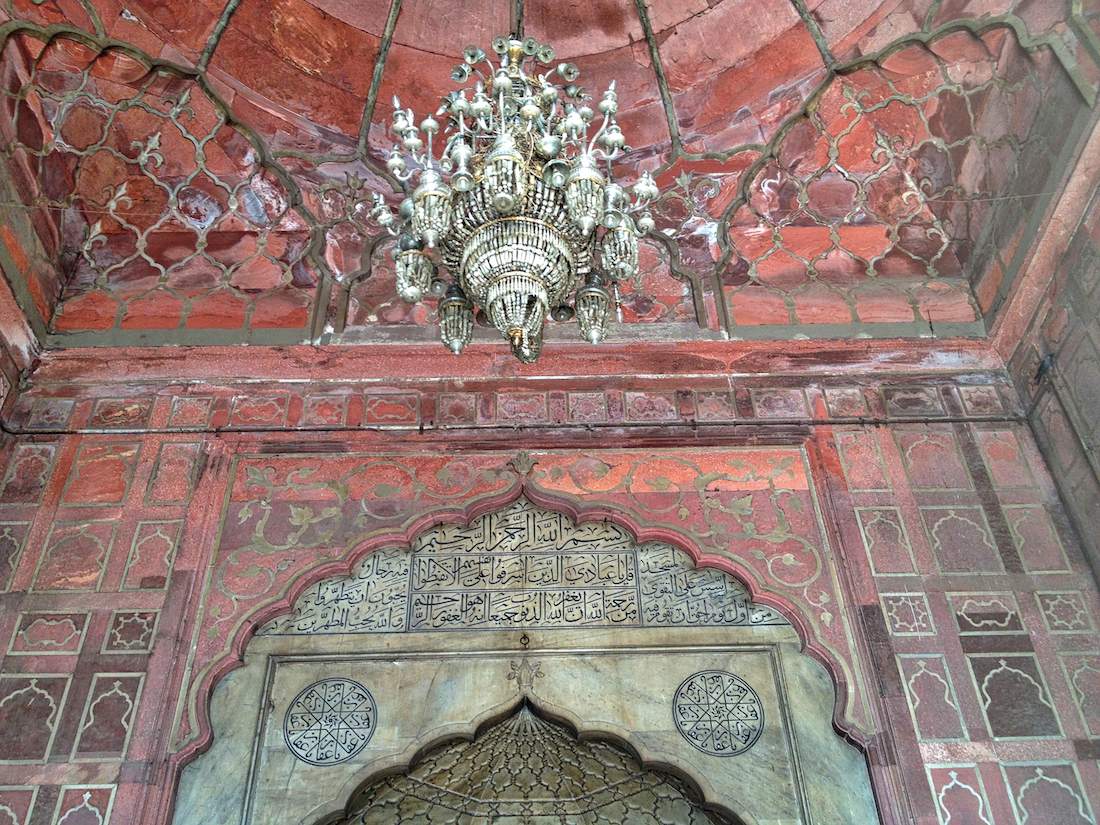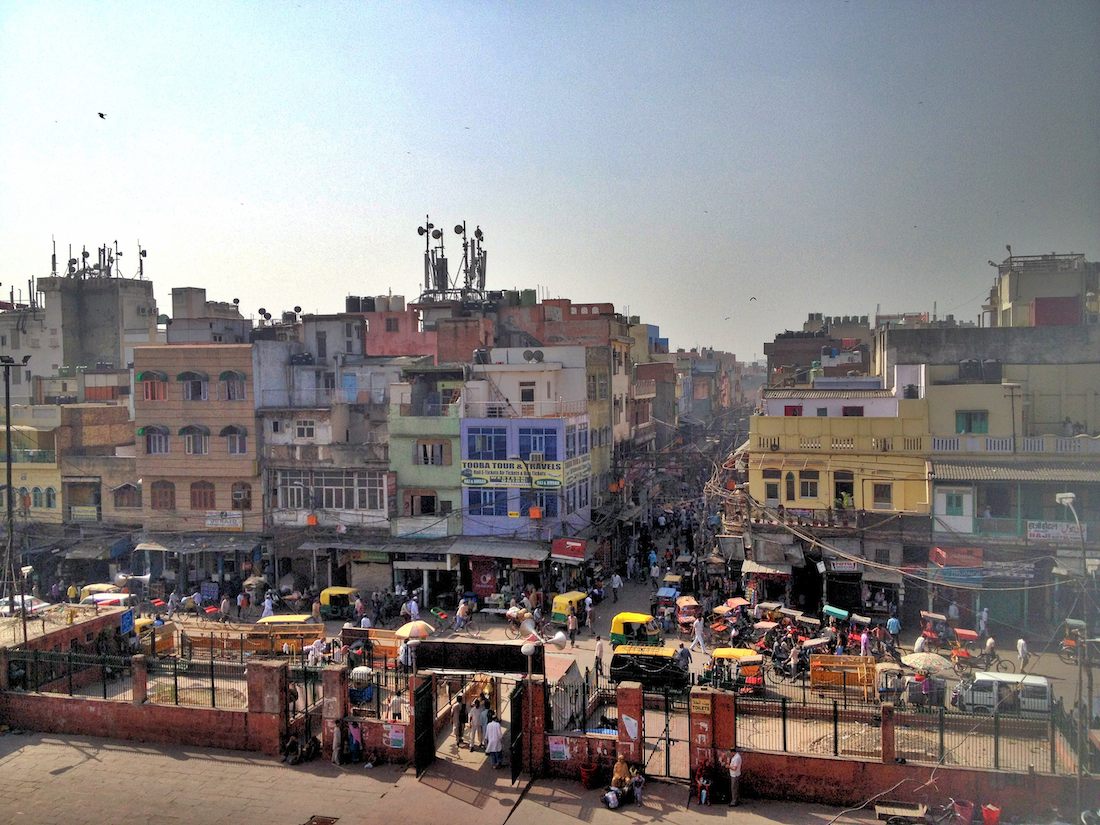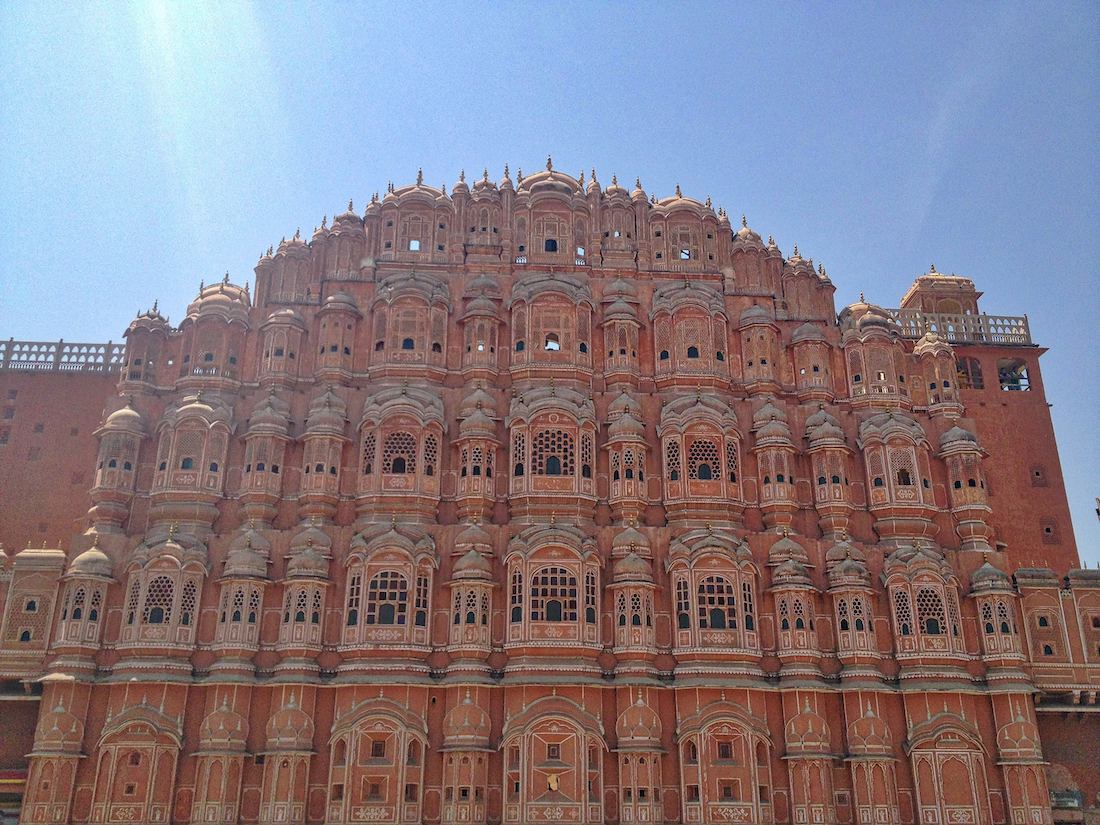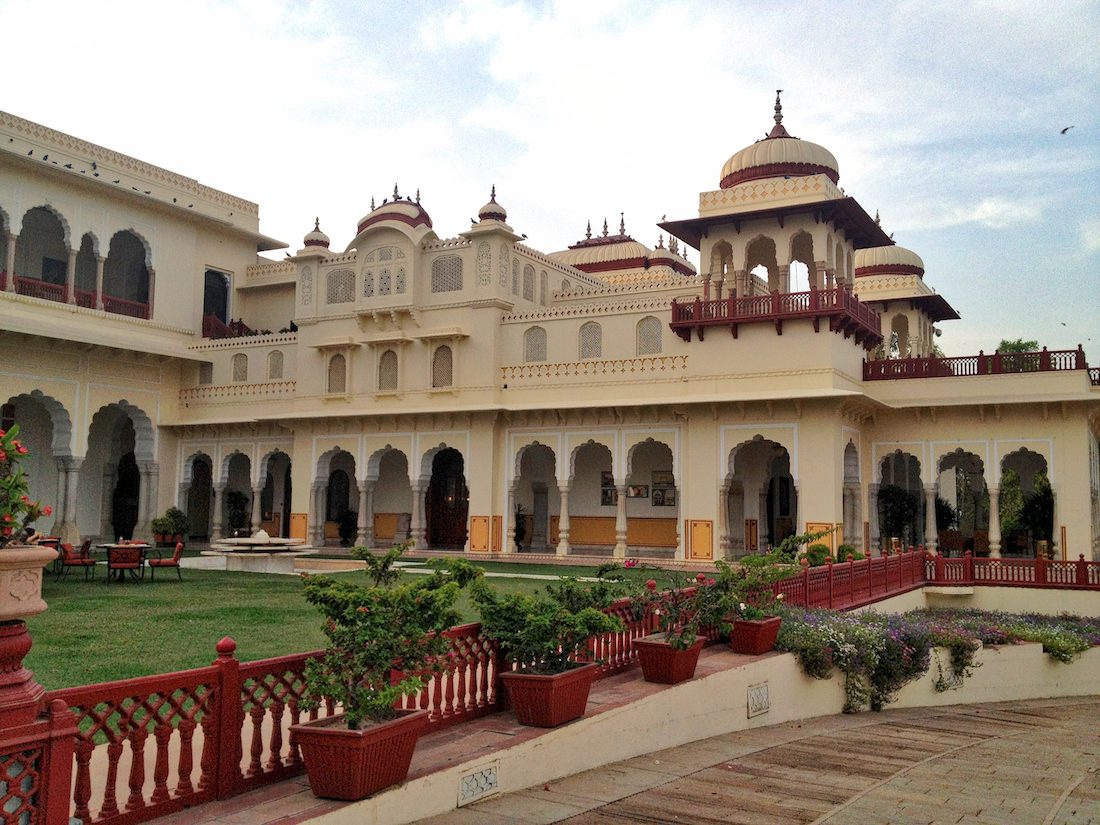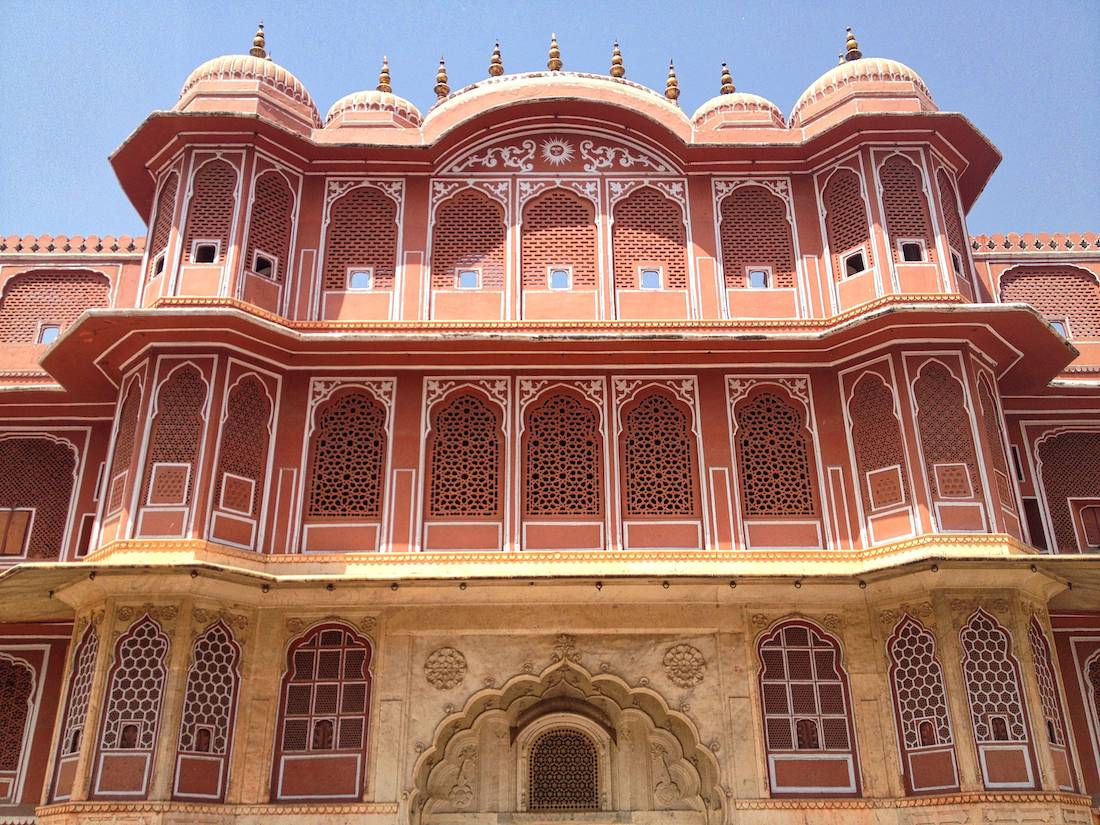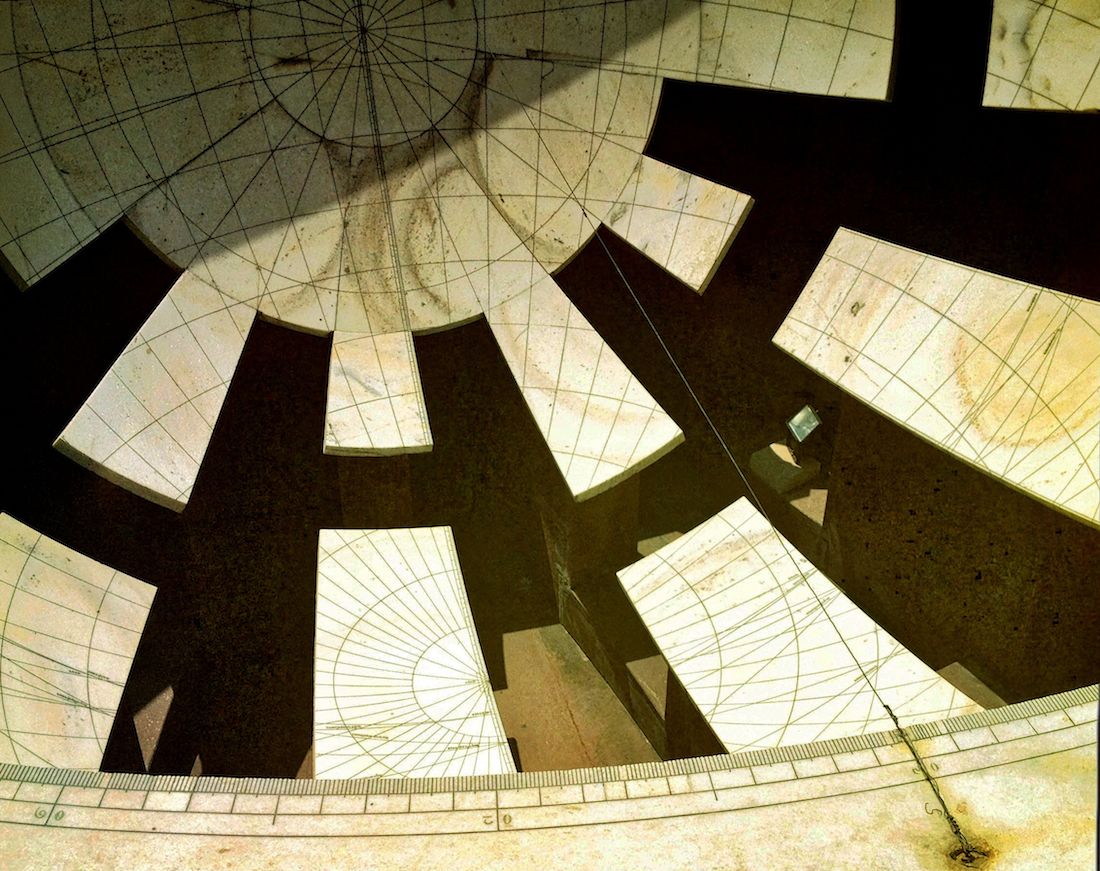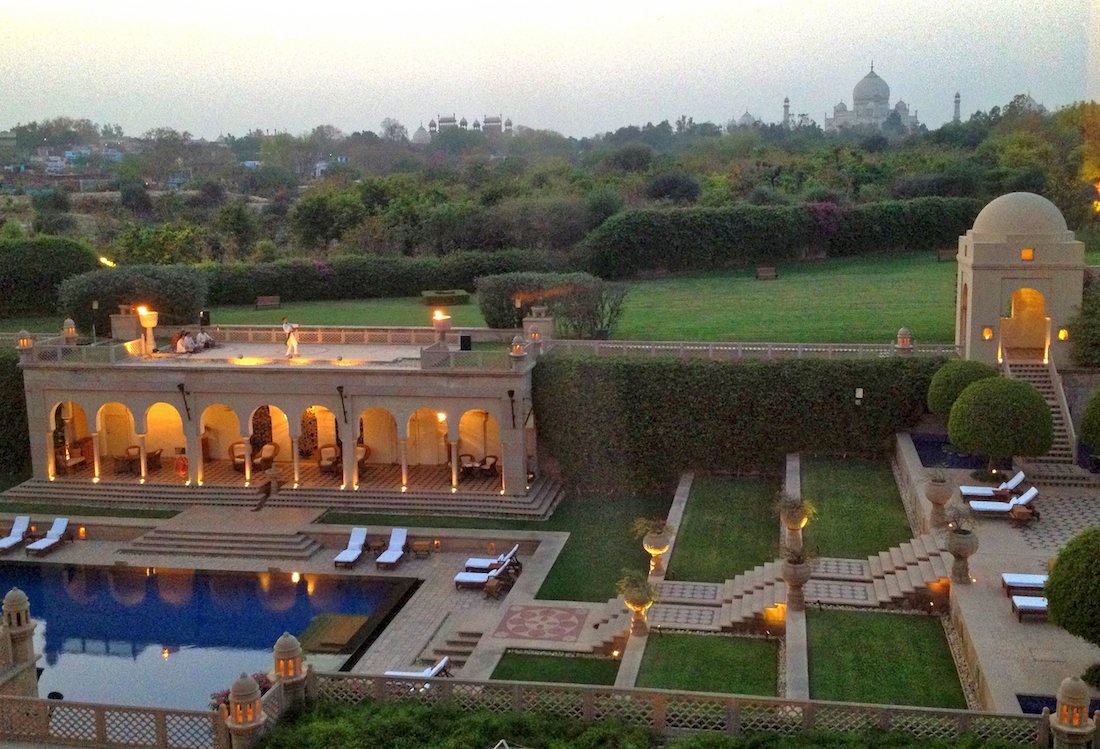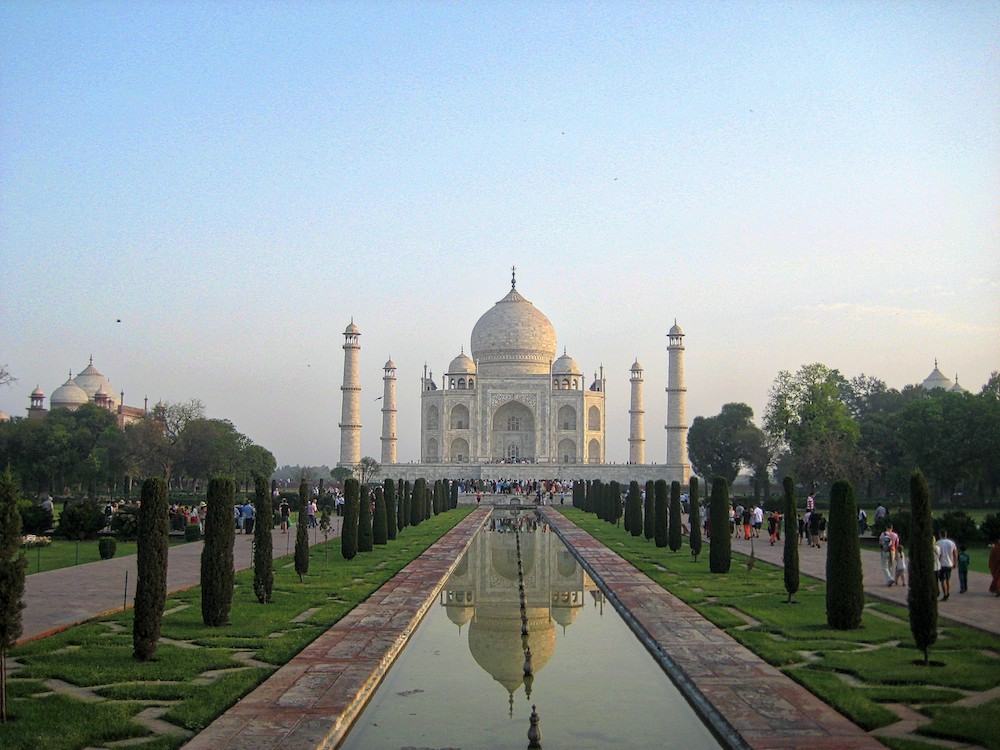Visiting India for the first time, I found shopping in New Delhi and Jaipur to be initially quite overwhelming, especially with the heat, noise, different smells and the volume of people generally in the streets. You can easily get lost in the many markets in both cities and the quality varied. After a few days acclimatizing to the surrounds I discovered a few hidden gems that I’ve listed below!
New Delhi
I visited the Khan Market, which is a good place to start when you’re not used to the hustle and bustle of the New Delhi markets. It’s located in South New Delhi, near the India Gate and was just round the corner from the Taj Mahal Hotel where we were staying. With the ex-pat market in mind, Khan Market is open daily, except for Sundays and offers a range of beautiful clothes and home ware boutiques (with fixed prices), bookshops, restaurants and Ayurvedic food and cosmetics. Some of my favourite boutiques there were Anokhi (boho style that would look great in the South of France, Palm Beach or in Bondi), which featured women and children’s clothes as well as soft furnishing like blankets for the home – all export quality and beautifully made. Fab India was also a great find – a little less bohemian than Anokhi there were some great kurtas, light weight pants and skirts for men, women and children. For jewellery there was Amrapali, an incredible chic boutique with the most exquisite pieces with prices to match!

If you’re feeling adventurous check out Chandni Chowk in Old Delhi for fabrics, jewellery, handicrafts and street food. The lanes of Chandni Chowk are divided into bazaars with different specialties.
Connaught Place is also worth a visit for saris, silver jewellery, pashmina and Kashmiri shawls.
We also visited Hauz Khas Village a tiny surburb in New Delhi which is often compared to NYC’s SoHo or Greenwich village. There are some beautiful clothing and jewellery boutiques to be found as well as some beautiful antique and interior design stores if you’re looking to find something for your home! There were some gorgeous restaurants and cafes there as well.
Jaipur
I loved shopping in Jaipur which is well known for its textiles, colourful stone jewellery, pottery and brass work and came back home loaded with some great finds! Some of my favourite discoveries, that I intend to visit again on our next trip back to India include:
Hot Pink India was established by Marie-Hélène de Taillac, a well known French jewellery designer in partnership with the family that runs Gem Palace. There are two locations – the original shop is located in the beautiful grounds of Narain Niwas Palace, Narain Singh Road and is open daily from 10 am – 7:30 pm. The second location is located within the Amer Fort and is a beautiful, cool oasis from the intense heat. Both locations carry a wide selection of clothes, bags, accessories and scarves from local designers from Jaipur like Manish Aurora and Rajesh Singh. We bought some beautiful white cotton shirts for Landry and I picked up an intricately woven belt, block print scarf and dip tied handbag.
Gem Palace is an institution with two locations in Jaipur. The main store is located on MI Road with a smaller boutique to be found within the Rambagh Palace. The quality of workmanship and the variety of stones, metals and styles is undisputed. Starting prices are surprisingly quite reasonable i.e. less than $50 for a simple pair of silver earrings. If you can’t find something you like, you can pick your own stone and design, which is what I did! I left with the most incredible green amethyst solitaire, large quartz drop earrings and two necklaces made from gold/peridot and gold/quartz. The service is impeccable and definitely worth a visit if you’re looking for something a bit special.

Amrapali has 3 locations in Jaipur – along MI Road, in the Rambagh Palace as well as in the Palace Atelier of the Museum City Palace. The pieces are exquisite.
Nayika was super hard to find and our driver had a hard time locating it on MI Road. If you are up for discovering a hidden gem, this little boutique is located at the back of a driveway in a small courtyard behind Tholia’s Khuber, which sells antique silver jewellery. Open from Monday to Saturday, 10:30 am – 7:30 pm you’ll find a beautiful range of unexpectedly chic quilted silk jackets, tops and skirts. You won’t be disappointed.
Anokhi is now a household name in India for their exquisite Jaipuri garments. The Anokhi store in Jaipur, on Prithiviraj Road, is enormous and located on the 2nd floor of a very unassuming office building. It carries a wide range of clothes for women and children, table and bed linen, as well as accessories. The adjoining vegetarian café is a welcome respite from all the spicy food we’d been eating and a great place to enjoy a quick cheap meal.
Anokhi also has a museum near the Amer Fort dedicated to hand-printing and Jaipur’s rich garment-making tradition. It’s a bit difficult to find, but when you do find it, it is worth a visit. If you book early enough, you can learnt to carve your own woodblock for printing and for children, there is an opportunity to decorate their own t-shirt or scarf from a variety of woodblocks and paints.
Soma, also has quality clothes, fabrics, linen and accessories.
Rasa is definitely worth visiting – located behind the Raj Mandir Cinema, adjacent to Cafe Kala Pani, this little boutique is open weekdays 10:30am to 7:30pm and on Sundays 11am to 5pm. The store carries a wide range of beautiful contemporary wood block blankets, sheets, cushions as well as bathrobes and tops. The workmanship is exquisite and I ended up purchasing a quilted reversible blanket with silver block print blossoms, navy blue with silver block print blossom cushions and a beautiful bathrobe.

I also found the boutiques in the top hotels in each city to have a beautifully curated collection of local handicrafts of a superior quality to those found in the markets. It was sometimes worth buying from the hotel boutiques for the quality and not having to haggle for small gifts.




